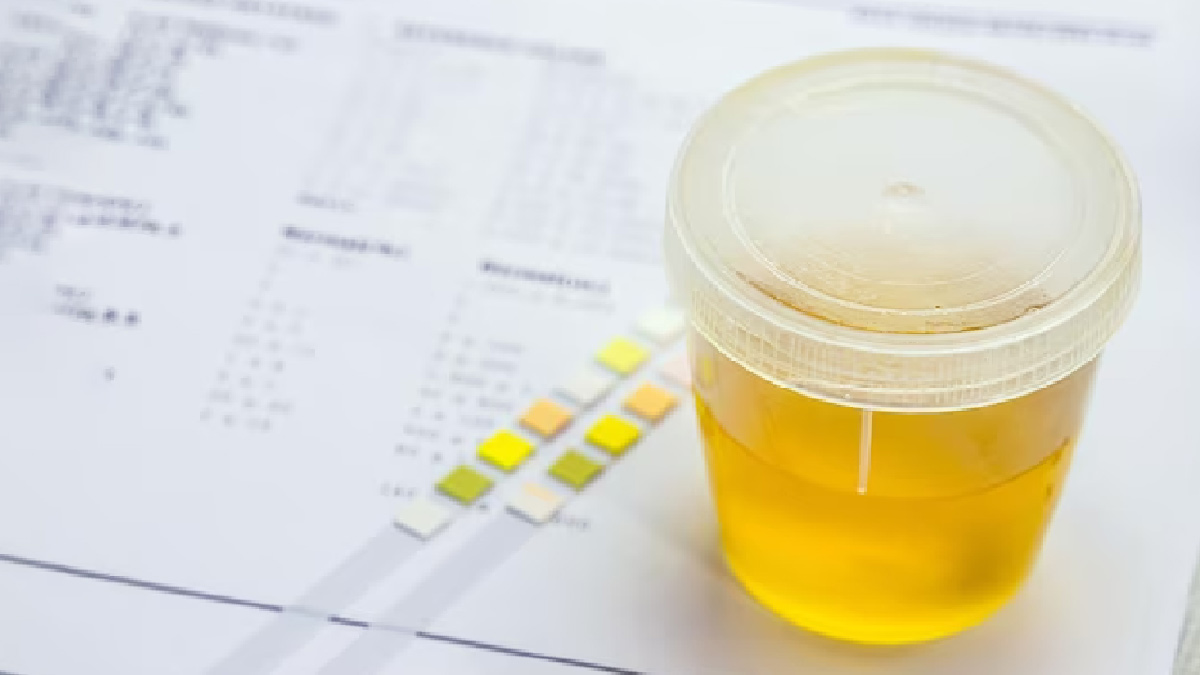
Our body discards many types of waste products like water in the form of sweat or carbon dioxide while exhaling. Out of these, the two main waste products are urea and uric acid, which get expelled out of the body through urine or bowel movements.
Table of Content:-
As per the University of Rochester, if your body makes too much uric acid, or if your kidneys are not functioning well enough, or if you are consuming pills or a diet that aids in excessive uric acid in the body, it can start building up inside your blood and painfully collecting in joints, causing gout, or in kidneys, causing kidney stones.
To manage these possibilities, one necessary technique is tweaking your diet, and pulses play a major role in adding to your uric acid levels. Here are five pulses that may be best avoided if your body is prone to a high build-up of uric acid, or already has high uric acid levels:
Lentils (Dal)
Lentils are a common source of plant-based protein, but they can be problematic for those with high uric acid levels. Lentils contain purines, which the body breaks down into uric acid, as per a study published in MDPI’s journal ‘Nutrients.’
Although the study shared that lentils are rich in purine, they also contain beneficial compounds that ultimately result in low uric acid levels. Nevertheless, since consuming high-purine foods can exacerbate the condition, limiting your lentil intake if you already have high uric acid levels seems like a less risky option.
Chickpeas (Chana)
Chickpeas, also known as garbanzo beans, are rich in protein and fibre. However, if you have elevated uric acid levels, you may want to consume chickpeas in moderation or explore lower-purine alternatives.
A study published in the Journal of Agriculture and Food Research warned that people suffering from gout should avoid chickpeas as they can trigger gout attacks when taken in excess. Additionally, they also have a high oxalate content which contributes to kidney stones.
Also Read: Dealing With Gout: These Homemade Drinks Can Help You Reduce Uric Acid Levels Naturally

Split Peas (Matar Ki Daal)
Split peas are commonly used in soups and stews, but they too contain purines, as presented by research led by the Teikyo University. While they provide essential nutrients, people managing high uric acid levels should be cautious about the quantity consumed to avoid potential complications.
Soybeans
Soybeans are a versatile legume widely used in various forms, including tofu and soy milk. Despite their health benefits, soybeans are considered high in purines, according to a Chinese study led by the Bengbu Medical College. People with elevated uric acid may need to limit their intake or choose alternative protein sources.
Black-eyed Peas (Lobia)
Lastly, black-eyed peas are another pulse that individuals with high uric acid levels should be mindful of. According to the National Agriculture Library, they have a high purine content. While they offer nutritional benefits, their purine content may contribute to increased uric acid levels. Hence, moderation is key when including black-eyed peas in the diet.
Also Read: Are You Prone To Kidney Stones? Here's Why You Should Avoid Foods With High Oxalate

Maintaining a balanced diet is crucial for managing high uric acid levels. While pulses are an excellent source of protein, individuals with this condition should be selective in their choices. Limiting the consumption of high-purine pulses like lentils, chickpeas, split peas, soybeans, and black-eyed peas can help support better uric acid management. Always consult with a healthcare professional or a registered dietitian to tailor dietary recommendations based on individual health needs.
Also watch this video
Read Next
Kartik Aaryan Finally Breaks His Year Long No-Sugar Diet: Is No-Sugar Diet Feasible For All?
How we keep this article up to date:
We work with experts and keep a close eye on the latest in health and wellness. Whenever there is a new research or helpful information, we update our articles with accurate and useful advice.
Current Version